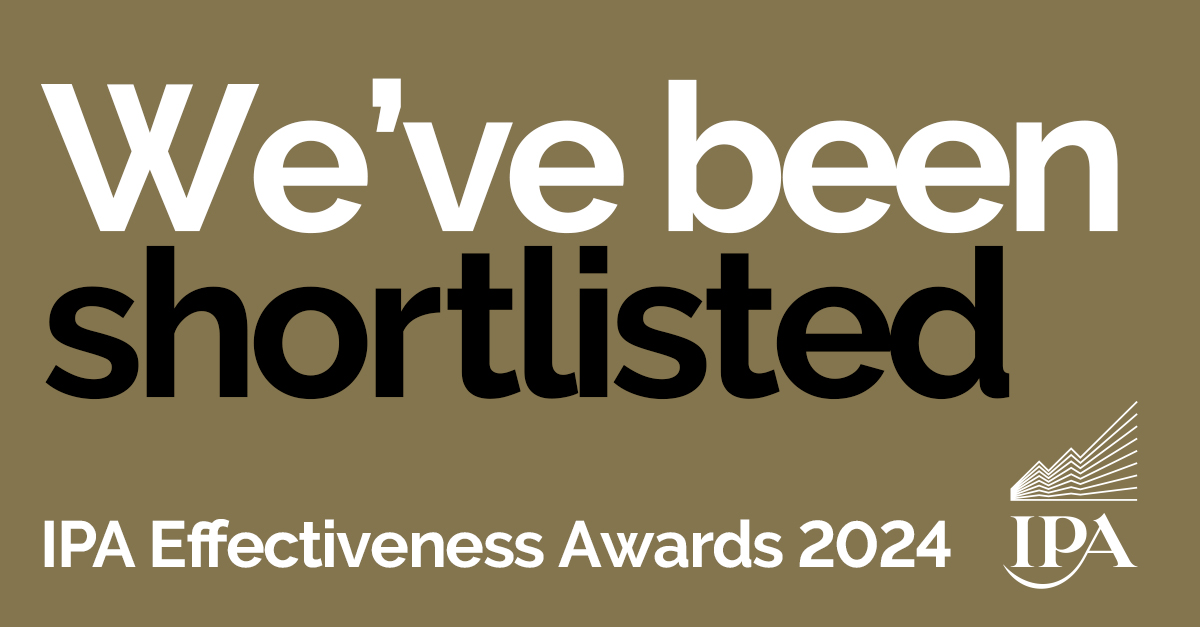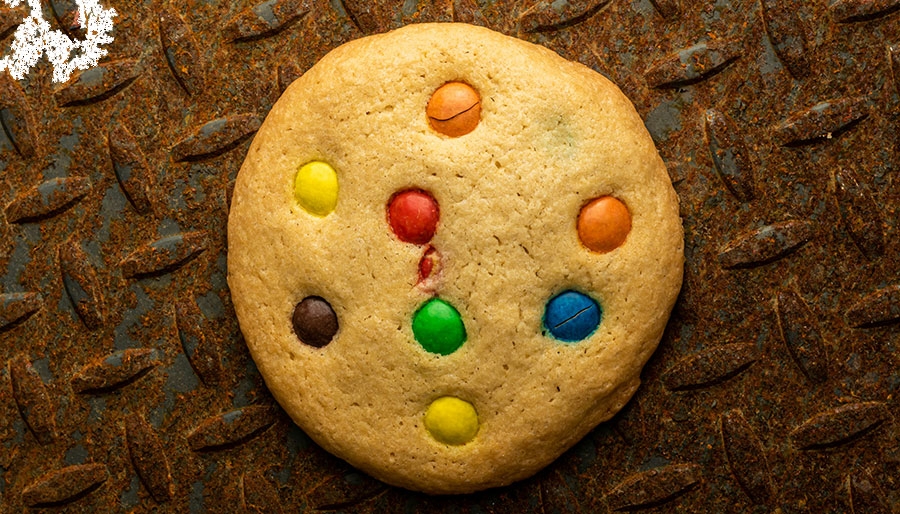With technological developments on the rise and out of home in the midst of a digital revolution, how can digital media channels integrate with out of home (OOH) in 2020 and what benefits will this bring?
Firstly, it’s important to consider the purpose of OOH advertising and how and why it works.
OOH advertising can be some of the most impactful, lasting and memorable of all media channel executions. The sheer scale of OOH inventory gives way to an excellent platform for some bold creativity. What’s more, being able to pick and choose your OOH spots means your ads are highly contextually relevant.
OOH is evolving, and with the use of digital out of home (DOOH), ads can be dynamically tailored to suit the context, weather and time of day, to name a few…
But more about this later.
As we know, the marketing world is evermore competitive, and brands are now adopting bigger, better and more creative and data-led approaches in order to integrate their marketing efforts and stand out in a crowded market.
Have you ever walked past an OOH ad and later seen the same advert appear on your mobile device? Perhaps not, but subconsciously these touchpoints and increase in exposure help build up brand salience, and are happening all around us.
An ad in an outdoor environment can be dynamic, hyper-local and in real-time, providing marketers with the opportunity to create powerful ads that reach your audience at different stages in the conversion funnel.
Further integrating this with digital can maximise this impact.
On average, we Brits spend a whopping 24 hours a week online, which is twice as long as 10 years ago. A large part of the surge in time online can be attributed to the rise of smartphones, which are now used by 78% of the population compared with just 17% in 2008.
The majority of our time is spent indoors, with only a mere 40% of the UK population spending a maximum of just 15 minutes outside, excluding the commute to work. With this in mind, it’s even more important that as advertisers, we capture attention in the moments that matter.
Running mobile display activity, we have the ability to run campaigns that display complementary messages to audiences across advertising channels, amplifying messages across mobile, connected TV, DOOH and programmatic audio. Perfect for us busy Brits, always on the go.
DOOH is expected to grow 10.1% each year between 2018 and 2021, and mobile click-through rates (CTRs) increasing by up to 15% when supported by OOH. By integrating display with OOH, there is a huge window of opportunity for brands to increase their awareness and to bring traditional and digital media closer than ever.
Another smart way of reaching your audience in their day to day lives is via bluetooth beacons. These can be used to send push notifications when, for example, shoppers enter a store or are in close proximity. Whether your business is a shop, university or museum, beacons can be used by brands of all shapes and sizes, in order to send highly contextually relevant messages to their audience in the moments that matter.
Combining audio with OOH is a powerful way to deepen engagement with your brand. 90% of the adult population in Britain tunes in to the radio each week. This impressive opportunity to reach your audience is certainly not to be cast aside by any marketer. But by combining your OOH and audio efforts, you’re able to maximise the impact of sensory marketing. Not only can your audience see your adverts, but they can hear them too.
Integrating your OOH and social advertising can be as simple as ensuring consistency in creative and messaging, or adding a hashtag across all your advertising. With 17% of people who see an OOH campaign more likely to engage with the brand on their mobile, it’s crucial that you have an integrated campaign strategy which ensures that your campaign message is present when a user is switching between different channels.
What’s more, by understanding increases in brand searches and web traffic uplift, you can begin to understand the impact of your offline activity. Analysing performance during the time your outdoor advertising is live, and the periods before and afterwards, can be a great indicator of whether or not your offline advertising has been successful and had an effect on overall brand awareness as well as organic and paid searches.
It’s clear that combining your offline and digital marketing efforts not only creates and increases brand exposure and maximises impact, but it can also drive efficiencies and unlock value. It’s crucial in this day and age that businesses deliver their brand cohesively, and reach their audience in both public and private environments across an array of different channels.
Want to find out more about how we can support you with your 2020 marketing strategy? Reach out to our friendly experts where we’ll be happy to have a chat! https://aip.media/contact/.




